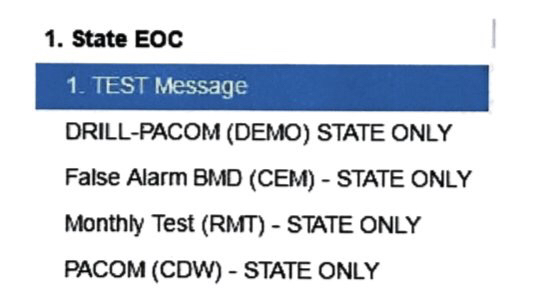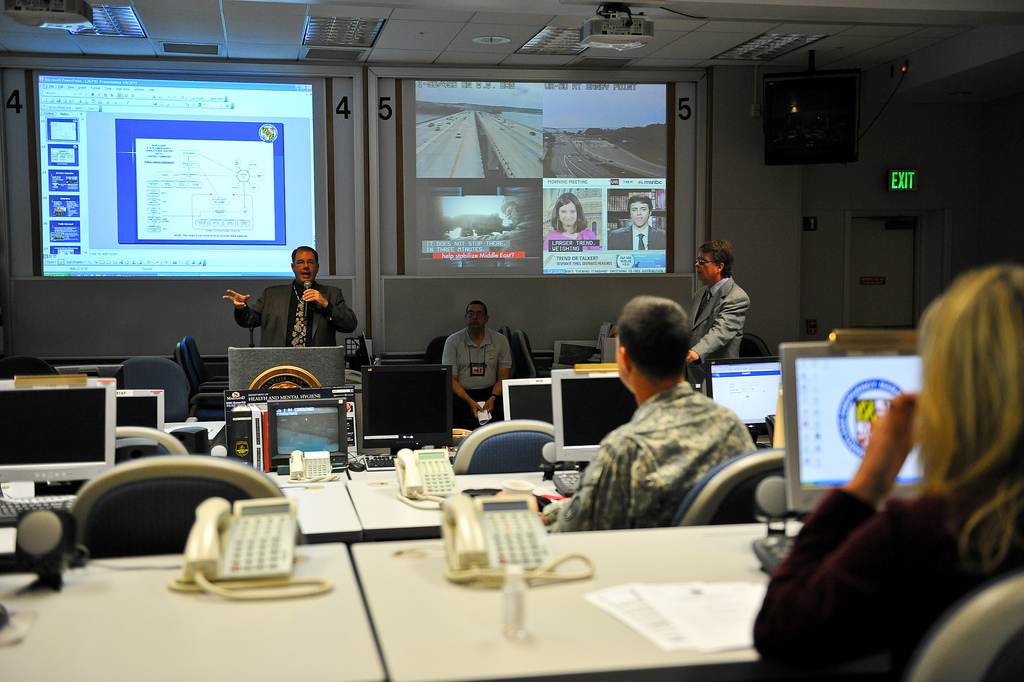A briefing presented to the Federal Communications Commission commissioners on Tuesday January 30th has said that the emergency management employee who triggered a false-alarm emergency warning earlier in the month believed the emergency was real. The employee believed he selected the correct option when sending the alert out, as he had not heard in a recorded test message that it was just a drill.
The false missile alert distributed via the Emergency Alert System on January 13th, 2018 at 8:07 am, read: BALLISTIC MISSILE THREAT INBOUND TO HAWAII. SEEK IMMEDIATE SHELTER. THIS IS NOT A DRILL.
Hawaii governor David Ige and several staff members held an official briefing at 10:30 am (8:30 pm UTC) on the 30th to release details from the internal incident investigation report.
The administrator for Hawaii Emergency Management Agency, Vern Miyagi, tendered his letter of resignation later in the day. The warning officer who sent the false alert had worked for HI-EMA for over 10 years, and had reportedly mistaken a drill for a real-life situation on at least two prior occasions. The officer has since refused to talk to investigators.
The FCC briefing noted several factors went into the issuance of the false alert, including that there was no requirement for warning officers to double-check with colleagues or get a sign-off from a superior before sending a real-world emergency alert. The agency also believes that the number of “no notice” test drills which Hawaii had been recently performing could have made an error more likely. It was later determined the recorded message the emergency management employee received did not follow the appropriate script.

Hawaii has been criticized as being slow to correct the error and reassure that the alert was simply a false alarm. Governor David Ige told reporters earlier that he didn’t post on Twitter until 17 minutes after the original alert because he didn’t know his account password. An update was made on his Facebook account 23 minutes after the alert. Hawaii emergency management sent out an official correction 38 minutes after the original.





